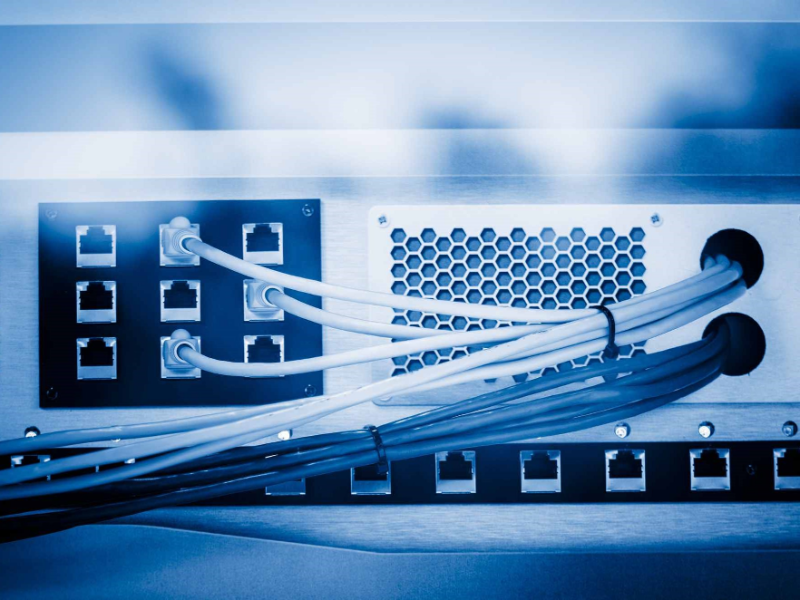- Network protocols, like HTTP, TCP/IP, and DNS form the backbone of internet communication, ensuring data is transmitted and received reliably.
- Protocols including SMTP, POP3, FTP, and SSH are essential for secure and efficient email exchange, file transfers, and remote server management.
Every day, as you browse the internet, send emails, stream videos, or use social media, you’re interacting with a complex web of network protocols. These are the rules and conventions that govern the way data is transmitted, received, and understood across the internet. Here’s a simple guide to the most common ones you likely encounter daily.
HTTP and HTTPS
The HyperText Transfer Protocol (HTTP) is the foundation of data communication on the web. It’s how your browser requests and retrieves web pages from servers. When you see ‘http://’ at the beginning of a web address, you’re using HTTP. However, for secure communication, HTTPS (HTTP Secure) is used. It encrypts the data being sent and received, making it secure for online transactions and sensitive information exchange. This is denoted by ‘https://’ in a web address.
TCP/IP
The Transmission Control Protocol/Internet Protocol (TCP/IP) is a fundamental set of network protocols used for transmitting data over the internet. TCP ensures that data packets reach their destination reliably and in the correct order, while IP handles the addressing and routing of the packets to their destination.
Also read: What is Routing Information Protocol (RIP)?
Also read: Network protocols: How do they enable devices to communicate?
DNS
The Domain Name System (DNS) is like the phonebook of the internet. When you type in a website address, DNS translates it into an IP address that computers can understand. This allows you to access websites using easy-to-remember domain names instead of numerical IP addresses.
SMTP and POP3
For email, the Simple Mail Transfer Protocol (SMTP) is used to send messages, while the Post Office Protocol version 3 (POP3) is used to receive them. SMTP operates in the background, sending your emails to the recipient’s server, and POP3 retrieves them to your email client.
FTP
File Transfer Protocol (FTP) is used for transferring files from one host to another over a network. It’s commonly used for uploading and downloading files to and from web servers.
SSH
Secure Shell (SSH) is a protocol for secure remote login and other secure network services over an unsecured network. It’s often used by system administrators to manage servers remotely.
DHCP
The Dynamic Host Configuration Protocol (DHCP) automatically assigns IP addresses and other network configuration parameters to devices on a network, so you don’t have to manually configure each device.
Also read: What are different types of common network protocols used for?
ARP
The Address Resolution Protocol (ARP) is used to map an IP address to a physical (MAC) address on a local network. It’s essential for devices to communicate with each other within the same network.
ICMP
The Internet Control Message Protocol (ICMP) is used by network devices to send error messages and operational information, such as when a requested service is not available or when a host or router cannot be reached.
SIP
Session Initiation Protocol (SIP) is used for initiating, maintaining, and terminating sessions, such as voice and video calls, over the internet.
WebSockets
WebSockets provide a way to open an interactive communication session between the user’s browser and a server. With this, you can send messages to a server and receive event-driven responses without having to poll the server for a reply.
QUIC
Quick UDP Internet Connections (QUIC) is a transport layer network protocol designed by Google to provide a connection-oriented, low-latency transport for HTTP/3.
Why are they important
These protocols are the unsung heroes of the internet. They ensure that the data you send and receive is done so reliably, securely, and efficiently. Without them, the internet as we know it would not be possible.
Understanding network protocols is crucial for anyone working in the tech field. Whether you’re a developer, a network administrator, or simply a tech enthusiast, knowing how these protocols work can help you troubleshoot issues, optimize performance, and secure your online activities.

